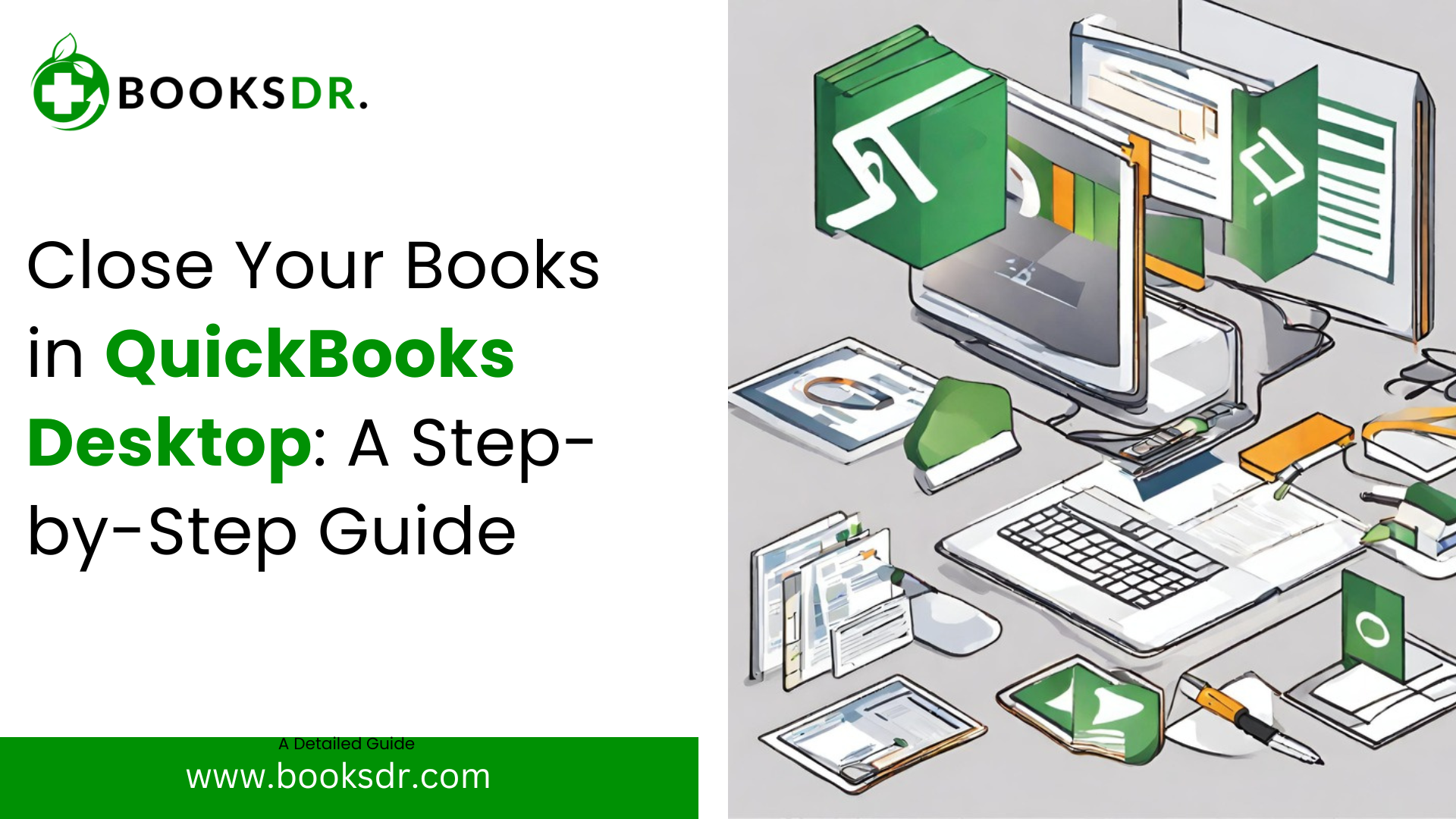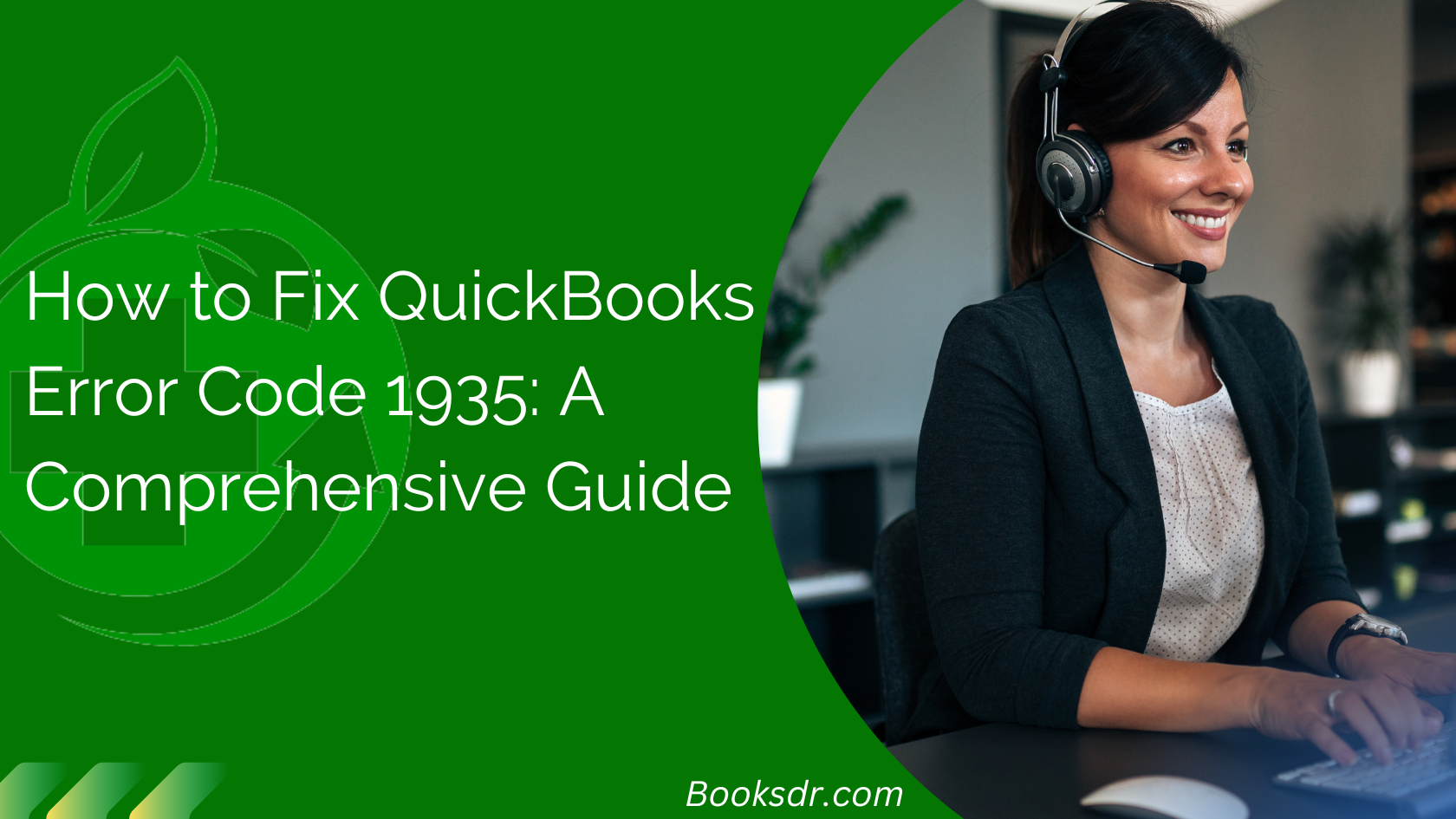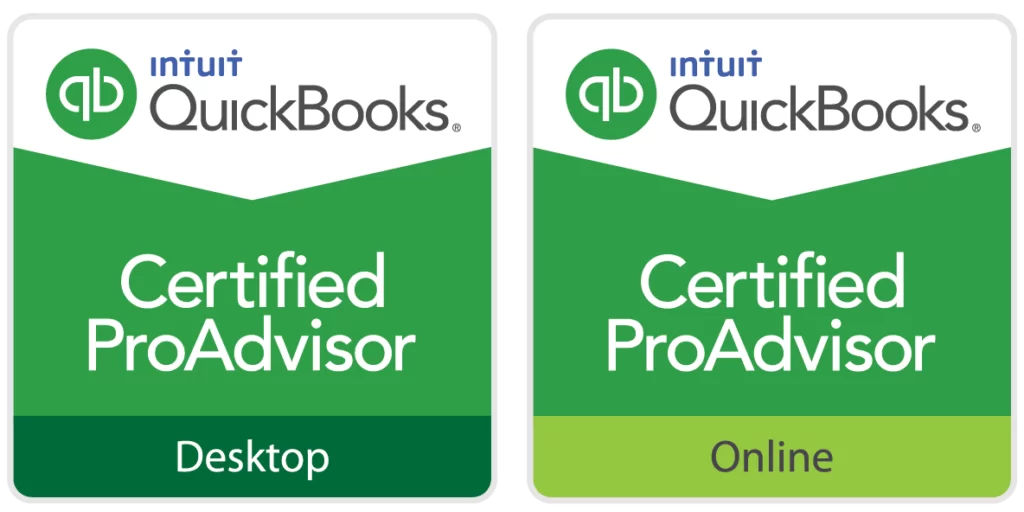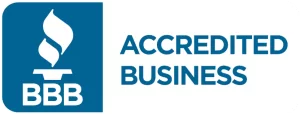Closing your books in QuickBooks Desktop is essential to your business’s financial management. It ensures that your records are accurate and ready for the next fiscal year. This guide will walk you through the process step-by-step. Whether you are a seasoned accountant or a small business owner, this guide is easy to follow.
Why Close Your Books?
Closing your books is crucial for several reasons:
- Accuracy: It ensures all your financial data for the year is accurate.
- Prevents Changes: It locks past transactions to prevent accidental changes.
- Preparation: It prepares your financial data for tax season.
- Reports: It helps generate accurate reports for your business’s performance.
Steps to Close Your Books in QuickBooks Desktop
Step 1: Review Your Accounts
Before closing your books, review your accounts to ensure everything is correct.
- Reconcile Your Accounts:
- Go to the Banking menu.
- Select Reconcile.
- Follow the prompts to reconcile your bank and credit card accounts.
- Check for Errors:
- Go to Reports.
- Run the Profit & Loss report and Balance Sheet report.
- Look for any discrepancies or errors.
- Adjust Entries:
- Make any necessary adjustments to correct errors.
- Use Journal Entries to adjust accounts if needed.
Step 2: Backup Your Data
Always back up your data before making major changes.
- Go to File Menu:
- Select Back Up Company.
- Choose Create Local Backup.
- Follow the prompts to save your backup.
Step 3: Set a Closing Date
Setting a closing date locks your data and prevents changes to previous transactions.
- Go to Edit Menu:
- Select Preferences.
- Click on Accounting.
- Go to the Company Preferences tab.
- Click Set Date/Password.
- Set the Date:
- Choose the closing date (usually the end of the fiscal year).
- Enter a password to protect the closing date.
Step 4: Review and Adjust Inventory
If you have inventory, make sure it is accurate.
- Go to Vendors Menu:
- Select Inventory Activities.
- Choose Adjust Quantity/Value on Hand.
- Adjust Inventory:
- Make necessary adjustments to reflect the accurate inventory levels.
Step 5: Finalize and Print Reports
Generate and print your final reports for your records.
- Profit & Loss Report:
- Go to Reports.
- Select Company & Financial.
- Choose Profit & Loss Standard.
- Print or save the report.
- Balance Sheet Report:
- Go to Reports.
- Select Company & Financial.
- Choose Balance Sheet Standard.
- Print or save the report.
Step 6: Close Your Books
Now you are ready to close your books.
- Go to Company Menu:
- Select Make General Journal Entries.
- Make any final adjustments if needed.
- Close the Books:
- Go to Company.
- Select Set Closing Date.
- Confirm the closing date and password.
Tips for a Smooth Year-End Closing
- Stay Organized: Keep your records organized throughout the year.
- Regular Reconciliation: Reconcile your accounts regularly, not just at year-end.
- Seek Help: If you are unsure, consult with a professional accountant.
Common Issues and Troubleshooting
- Discrepancies in Reports:
- If there are discrepancies, review your transactions for errors.
- Ensure all transactions are properly categorized.
- Inventory Issues:
- Double-check your inventory counts.
- Adjust entries if you find discrepancies.
- Backup Failures:
- Ensure you have enough space on your backup drive.
- Verify the backup file after creation.
Conclusion
Closing your books in QuickBooks Desktop is an important task that ensures your financial data is accurate and ready for the new fiscal year. By following these steps, you can confidently close your books and maintain the integrity of your financial records. Remember to back up your data, review your accounts, and set a closing date. With a little preparation, the process can be smooth and straightforward. Happy closing.
Related Post Here:
QuickBooks Error h202
QuickBooks Error h101
QuickBooks Error 6143
QuickBooks Error 12152
QuickBooks Error 1603
QuickBooks Subscription Has Lapsed
QuickBooks file Doctor Download









